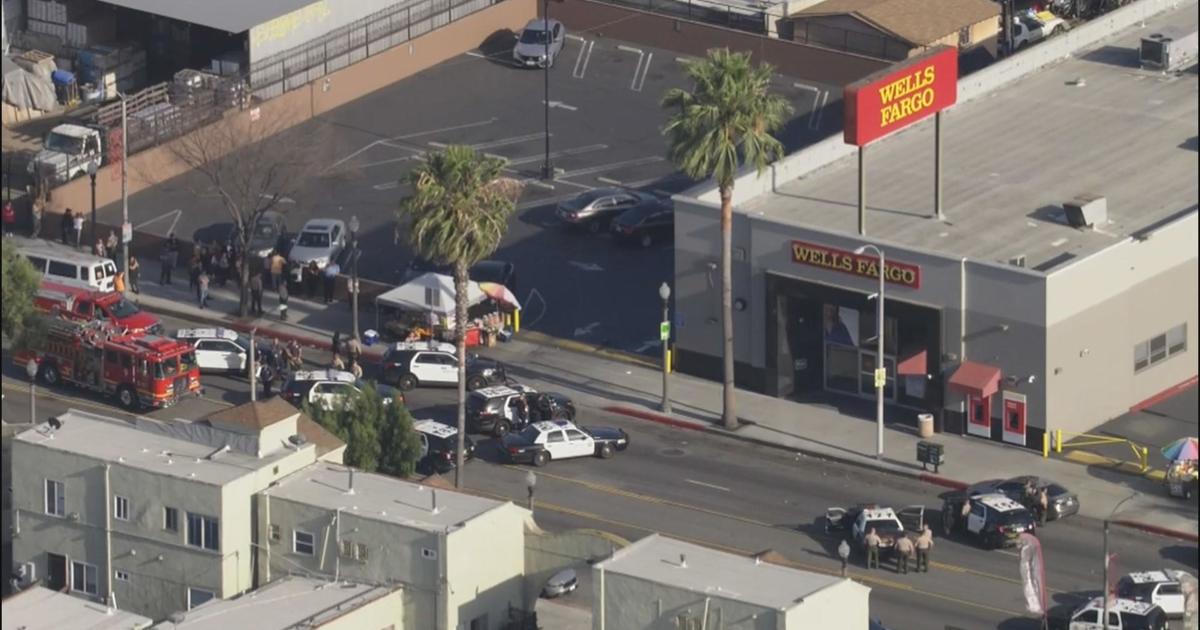Safety Tips for Working with Electrical Generators and Breakers
Generators: Safety Tips
Equipment Options: Choose a generator rated for more power that you think you will need, depending on what lighting, appliances, and equipment you plan to connect to the generator. Again, this is best determined by an electrician.
Safety Hazards: Every year people die in portable generator-related incidents. The primary hazards to avoid when using a generator are carbon monoxide (CO) poisoning, electric shock, electrocution and fire. Follow the directions supplied with the generator.
Getting Hooked up: Connect electrical equipment to a portable generator using a heavy duty, outdoor extension cord that is rated more than the sum of the connected appliance loads. Make sure the entire cord has no cuts or tears and that the plug has all three prongs, especially a grounding pin. Do not run portable generators indoors, and don't connect a portable generator to your home's electrical wiring or electrical panel as this can lead to serious injury or electrocution.
Beware of Backfeeding: Never try to power the house wiring by plugging a generator into a wall outlet, otherwise known as ""backfeeding"". This is extremely dangerous and can electrocute utility workers and even neighbors. Electrocution is the fifth leading cause of all reported occupational deaths.
Connect with an Electrician: If you decide to wire a generator directly to your home, California state law mandates that you notify Southern California Edison. The only recommended method to connect a generator to house wiring is by having a qualified electrician install a power transfer switch, in compliance with national, state and local electrical codes. Find a licensed electrician to see if you can install the appropriate equipment.
Portable vs. Permanent: Even a properly connected portable generator can become overloaded, become overheated and stress the generator components, which can lead to generator failure. For power outages, permanently installed, stationary generators are better suited for providing backup power to a home or business."
Breakers: Reset Safely
Step by Step: Resetting Breakers
- Turn off light switches and unplug appliances in all rooms that have lost power.
- Find your circuit breaker box and open the cover.
- Locate the tripped breaker. Circuit breakers are small, usually horizontal switches and may be labeled (e.g., "kitchen," "bathroom" etc.). The tripped circuit breaker will be in the "off" position or in a middle position between "on" and "off."
- Reset the breaker by moving it to the full "off" position and then back to "on." That should clear an overload and return power to the room.
- If the breaker re-trips, it could be for a number of reasons: too many lamps and appliances plugged into the circuit; a damaged cord or plug; a short circuit in a receptacle, switch or fixture; or faulty wiring.
- Identify and fix problems before finally resetting the breaker."
Tips & Warnings
- If a breaker continues to re-trip, reset it only when you've corrected the problem, or call an electrician.
- Most tripped breakers are easily identified by an orange flag that appears when a breaker is in the tripped position.
- If your home has fuses instead of circuit breakers, follow the same steps for finding the blown fuse, then replace it with a new one of the same amperage.
- When resetting a breaker use only one hand and stand to the side to avoid electrical arcing if the breaker should malfunction.
- Working with electrical systems is potentially dangerous. If you're unsure of your abilities or about any aspect of the job, call an electrician



